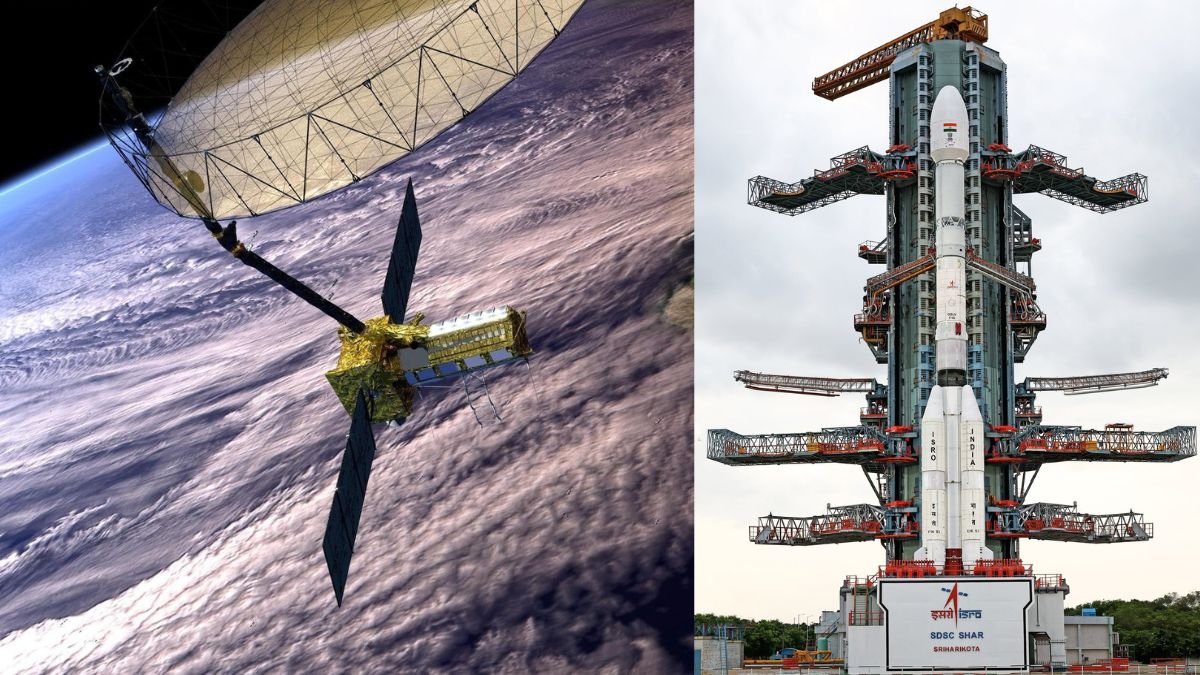Nisar Satellite Launch: India and US Collaborate on First-of-Its-Kind Mission

India US satellite launch marks a groundbreaking step in global space collaboration as the Indian Space Research Organisation (Isro) and US space agency Nasa jointly launched the Nasa-Isro Synthetic Aperture Radar (Nisar) satellite. This first-of-its-kind mission will revolutionize Earth observation and disaster preparedness worldwide.
India-US Nisar Satellite Launch: What Makes It Unique?
Weighing 2,392 kilograms, the Nisar satellite is hailed as the most advanced radar Earth observation satellite ever developed. What sets it apart is its ability to monitor changes on Earth’s surface with unparalleled precision by using two radar frequencies simultaneously—Nasa’s L-band and Isro’s S-band. This dual-frequency design is the first of its kind in space-based radar technology.
Nisar Satellite Launch Details and Orbit Path
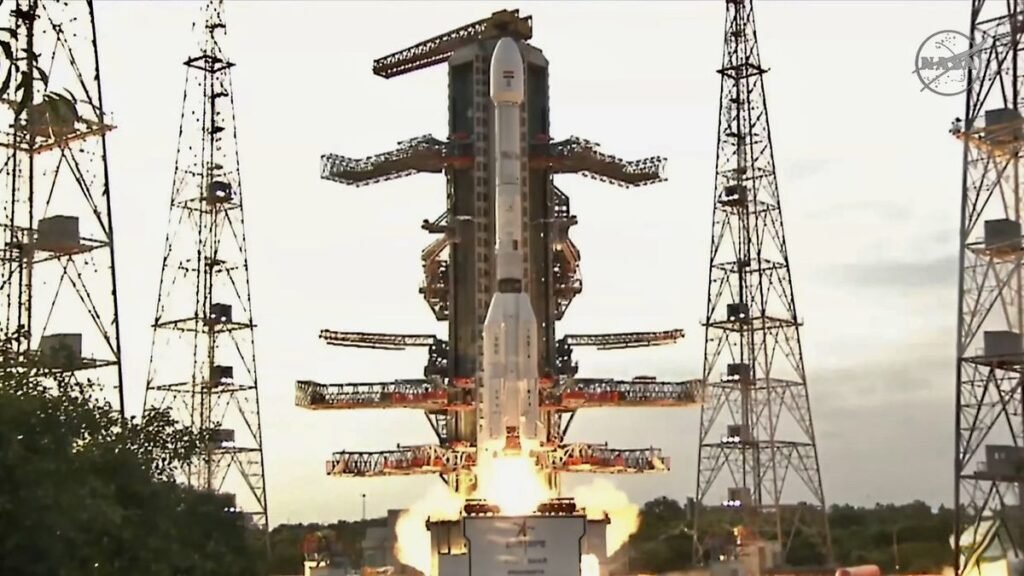
The satellite was successfully launched from the Satish Dhawan Space Centre in southern India at 17:40 IST (12:10 GMT). It was placed in a sun-synchronous polar orbit, allowing it to revisit the same locations on Earth every 12 days, providing a consistent and comprehensive dataset of environmental and geological changes.
How the Nisar Satellite Tracks Earth’s Smallest Shifts
One of Nisar’s primary goals is to detect and record minute changes on Earth’s surface, including shifts in land, sea, and ice sheets that can measure just centimeters. This capability is crucial for monitoring natural disasters such as:
- Earthquakes
- Landslides
- Volcanic eruptions
- Glacial melting
- Coastal erosion
Additionally, it will detect human-induced changes such as urban development and agricultural expansion.
A Global Tool for Disaster Preparedness
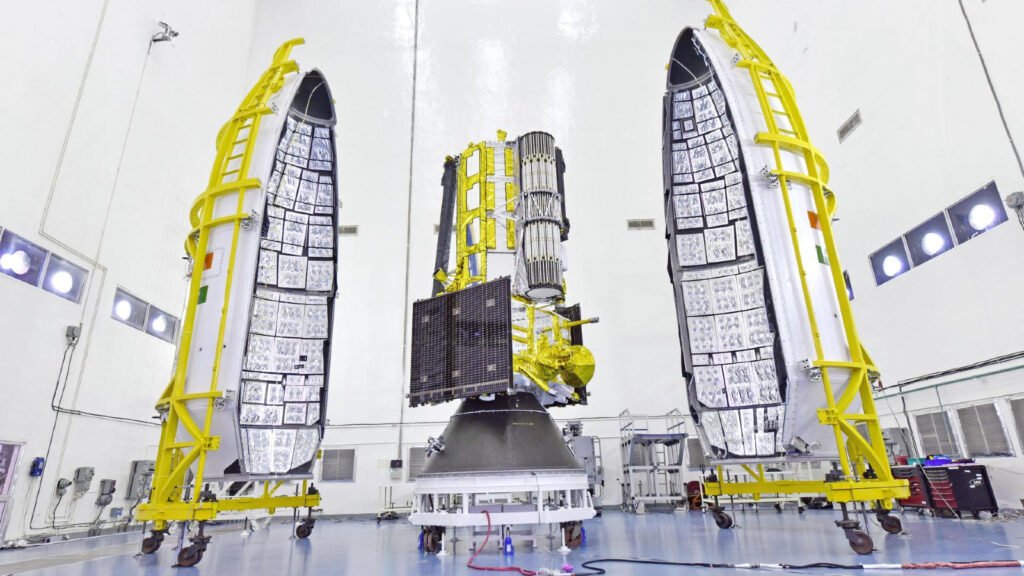
The India US Nisar satellite launch is expected to revolutionize disaster preparedness. By continuously scanning Earth’s surface, Nisar will offer near-real-time data to help scientists, emergency responders, and governments predict and prepare for natural hazards. This could significantly improve the response time and accuracy of mitigation strategies.
How the Nisar Satellite Was Developed During the Pandemic
The development of Nisar was a feat of international engineering and collaboration, especially as it continued during the COVID-19 pandemic. Teams from both countries worked remotely and in coordination, overcoming logistical and technological challenges to build and test this complex spacecraft.
Nisar Satellite Activation Timeline
Nisar will undergo a 90-day deployment phase during which its instruments and systems will be fully tested. Once operational, the satellite will begin collecting massive volumes of data on Earth’s surface dynamics, climate patterns, and environmental changes.
Nisar Satellite: A $1.5 Billion Investment in Earth Science
The mission is valued at $1.5 billion and has taken over a decade to come to fruition. While India contributed the payload, launch vehicle, and ground support, Nasa provided the radar systems and technology backbone.
Strategic Significance of the Nisar Satellite Launch
Indian officials have emphasized the symbolic and strategic importance of the Nisar mission. It represents India’s growing stature in the global space community and highlights a new era in India-US space partnerships.
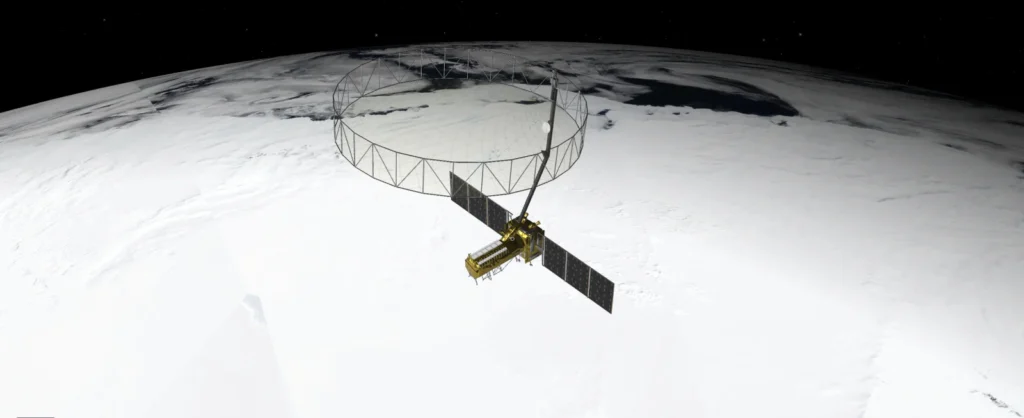
India’s Minister of Science described it as “a scientific handshake with the world,” reflecting the country’s deepening global engagement in space science. Meanwhile, Isro’s leadership called it a “life-saving satellite” due to its potential to prevent loss through early disaster detection.
Recent Indian Space Milestones
The Nisar launch adds to India’s growing list of space achievements:
- In 2023, India became the first country to land on the Moon’s south pole region.
- It launched its first solar observatory to study the Sun’s outer atmosphere.
- Indian astronaut Shubhanshu Shukla recently participated in the AX-4 mission to the International Space Station.
- Plans are in motion to launch Gaganyaan, India’s first crewed spaceflight, in 2027.
- By 2040, India aims to land an astronaut on the Moon and establish its own space station by 2035.
A Milestone for Global Collaboration
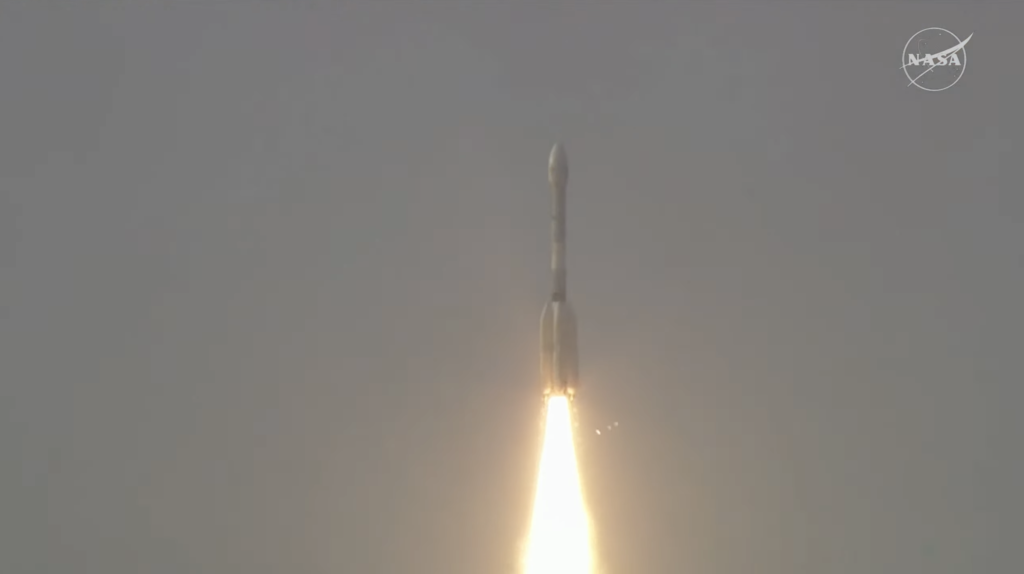
The India US Nisar satellite launch represents more than a technological advancement; it’s a global commitment to planetary preservation, climate monitoring, and international scientific collaboration. As Nisar begins its mission to keep an eye on Earth’s ever-changing surface, it also marks the beginning of a new era in how the world approaches disaster resilience and environmental responsibility.
